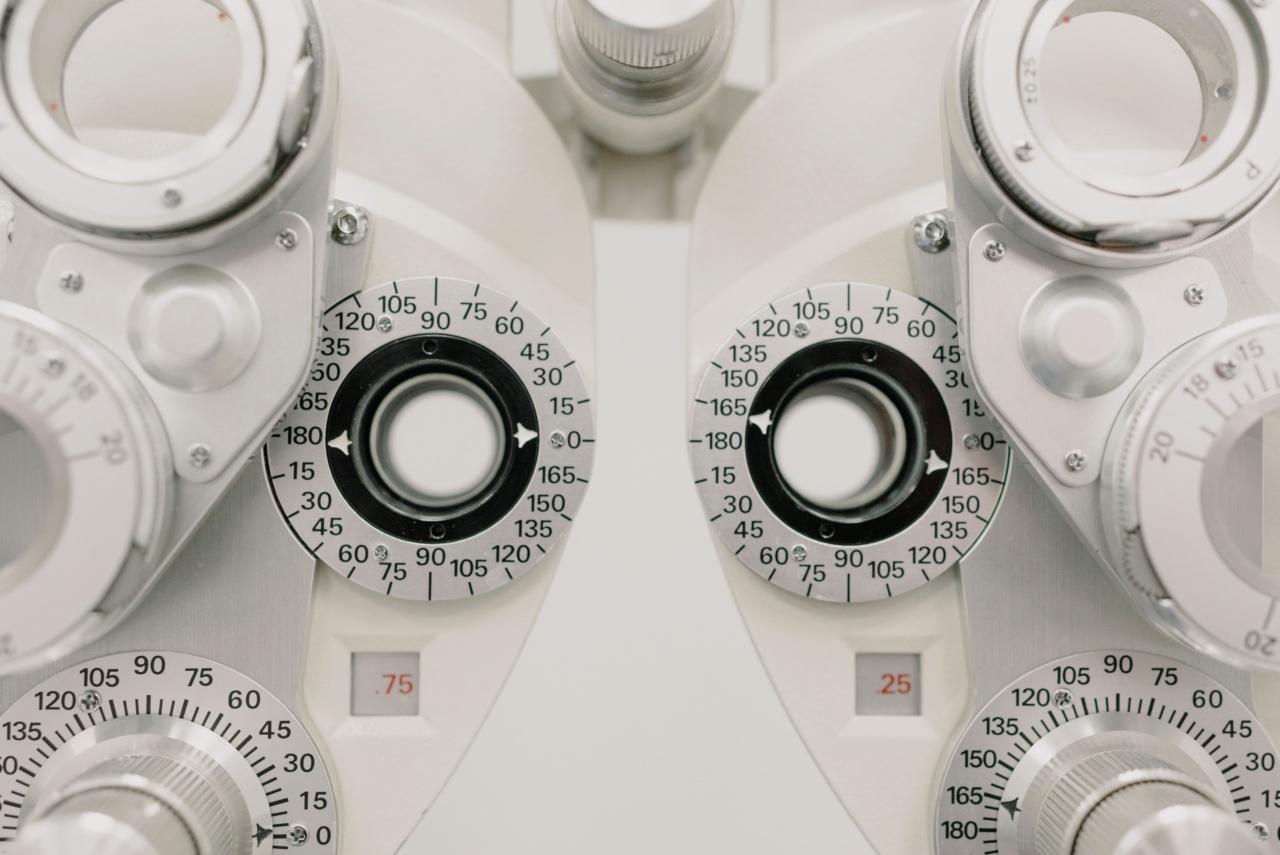Prostate cancer is one of the most prevalent forms of cancer affecting males in the United States. According to the American Cancer Society, about one in eight men will develop prostate cancer in their lifetime.
Unfortunately, the traditional methods of examining the prostate have several drawbacks that can lead to inaccurate diagnoses and unnecessary treatments. However, there is a revolutionary new examination that has been developed that has an accuracy rate of 92%, significantly higher than the older methods.
What is the traditional prostate examination?
The traditional method of prostate examination is called a digital rectal exam (DRE). In this exam, a healthcare provider uses their finger to feel the prostate gland through the rectum.
The goal is to detect potential lumps or abnormalities, and it is usually part of a routine physical examination. The main drawback of this method is that it is highly dependent on the provider’s experience and skill level. The interpretation of the results is subjective, and minor abnormalities may be missed, leading to false-negative results.
Additionally, it can be quite uncomfortable and awkward for both the patient and the provider.
What is a prostate-specific antigen (PSA) test?
The PSA test is a blood test that measures the level of PSA, a protein produced by cells of the prostate gland. Higher levels of PSA in the blood can indicate the presence of prostate cancer, although this is not always the case.
PSA levels can also be elevated due to other conditions, such as prostatitis (inflammation of the prostate). This test is also not very accurate, as it can produce false-positive results, leading to unnecessary biopsies or treatments. Low levels of PSA do not rule out the possibility of cancer, as some prostate cancers do not produce elevated PSA levels.
What is the new examination method?
The new examination method is called the Prostate Liquid Biopsy (PLB). This examination detects cancerous cells in the urine of the patient. It works by detecting RNA molecules that are specific to cancerous prostate cells.
When these molecules are detected in the urine, it indicates the presence of cancer. This method has several advantages over the traditional methods, as it is non-invasive and produces highly accurate results.
How does the PLB work?
The PLB works by analyzing the RNA molecules in the urine sample of the patient. The RNA molecules are purified, and the ones that are specific to prostate cancer cells are identified.
These RNA molecules are then used to generate a gene expression profile of the cancerous cells. The gene expression profile is then compared to a database of known cancer profiles, and a diagnosis is made based on the similarity of the RNA signatures.
This method is highly accurate, as the RNA signatures are specific to cancerous cells and not affected by other conditions that can produce false-positive results.
How accurate is the PLB?
The accuracy of the PLB is very high, with a reported accuracy rate of 92%. This is significantly higher than the traditional methods of examination and the PSA test.
Furthermore, the PLB can detect cancer at an early stage, before it causes any symptoms or physical abnormalities. This early detection can lead to better outcomes and increased survival rates.
What are the benefits of the PLB?
The PLB has several benefits over the traditional methods of prostate examination. Firstly, it is non-invasive and does not require any uncomfortable or embarrassing procedures.
Secondly, it produces highly accurate results, reducing the risk of misdiagnosis or false-positive results. Thirdly, it can detect cancer at an early stage, leading to better outcomes and higher survival rates. Finally, it is a quick and easy test to perform, with results available in a matter of days.
Conclusion
Prostate cancer is a significant health concern for men, and early detection is crucial for successful treatment.
The traditional methods of prostate examination have several limitations and drawbacks that can lead to inaccurate diagnoses and unnecessary treatments. The Prostate Liquid Biopsy (PLB) is a revolutionary new examination method that has an accuracy rate of 92% and is significantly more accurate than the traditional methods.
It is non-invasive, produces highly accurate results, and can detect cancer at an early stage, leading to better outcomes and higher survival rates.



























